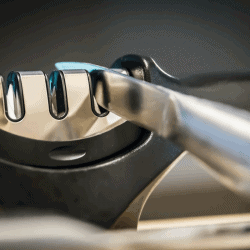Built-in knife sharpeners can offer a very convenient cutlery maintenance option to anyone who uses kitchen knives often. With continued use, even the best chef or butcher knives will become dull at some point, and a built-in knife sharpener can keep cutlery sharp with minimal effort on your part. But how do you use them? We've researched the best way to use a built-in knife sharpener. In this post, we will discuss it.
Here are the steps to use a built-in knife sharpener:
- Choose the right setting
- Insert the blade into the slot
- Change the sharpener setting
- Test the knife's sharpness
- Rinse the knife off
Knife sharpeners come in many different shapes and sizes. However, they all perform the same basic purpose. But it's important to know that all knife sharpeners on created equal, and some may come with more features than others. Continue reading to learn how to use a built-in knife sharpener properly and which sets give you the most for your money.
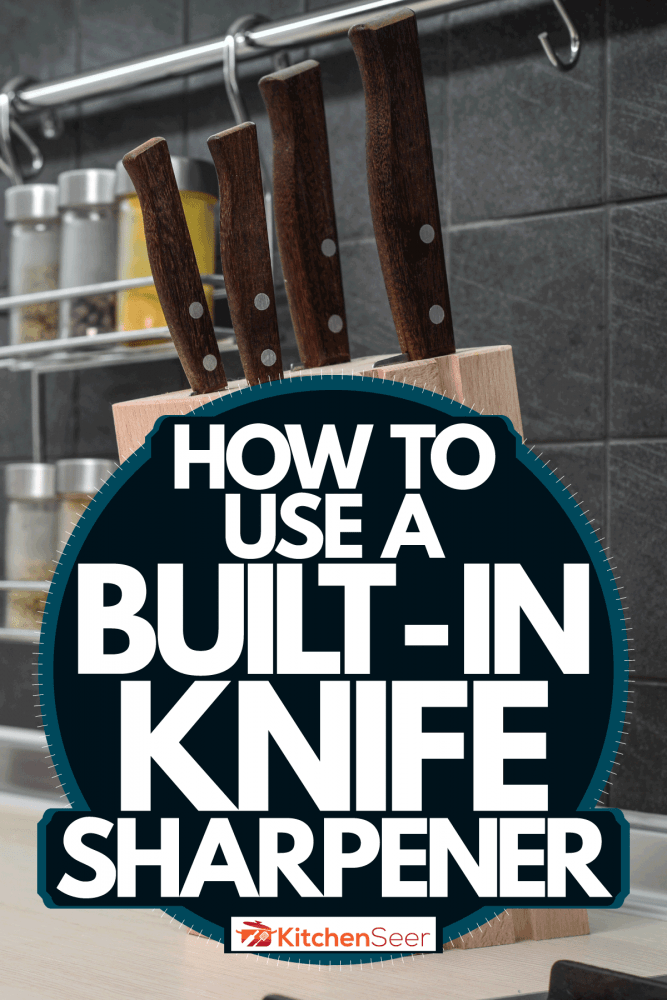
Steps To Use A Built-In Knife Sharpener
If your knife is starting to become dull and not cutting through foods the way it used to, a good sharpening can whip it back into shape in no time. Let's look at how to use a built-in sharpener.
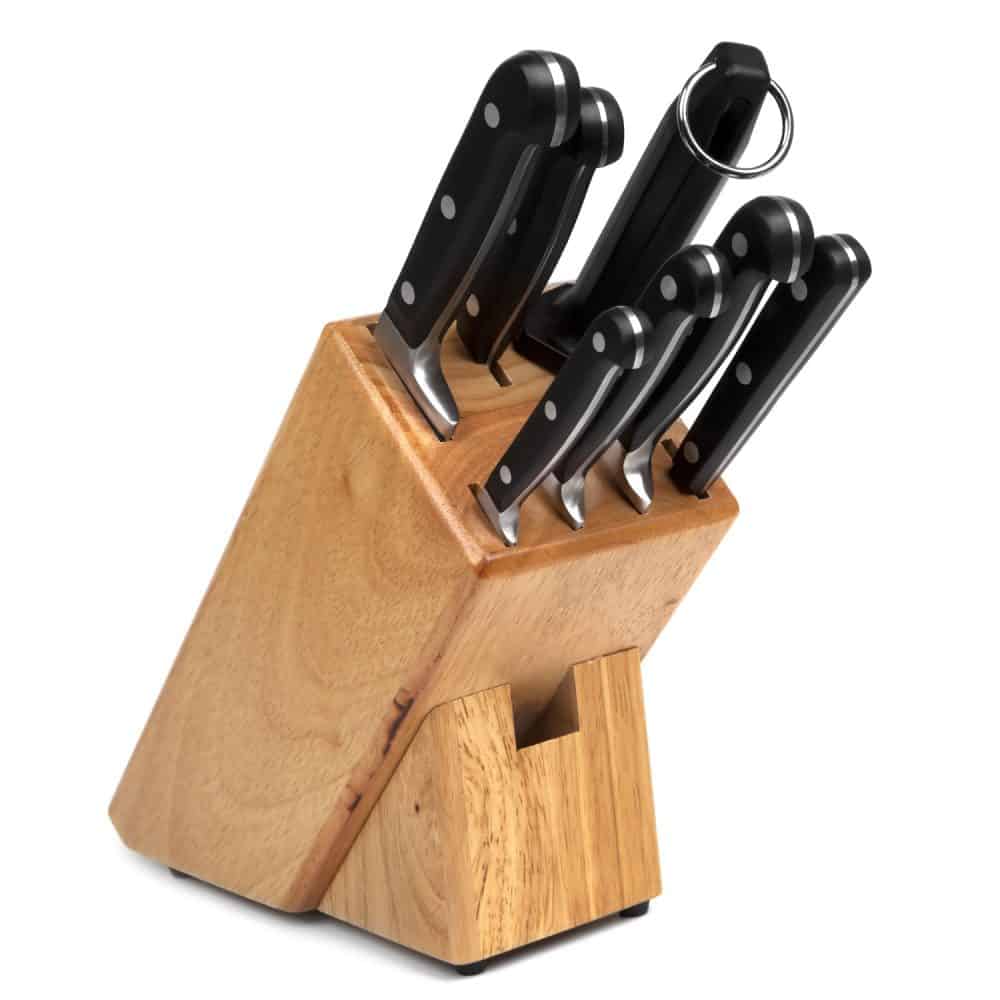
1. Choose the right setting
Before placing your knife on the sharpener, be sure that the sharpener is on the right setting. Many built-in knife sharpeners have a "Fine" or "Coarse" setting.
The Coarse setting is for knives that are incredibly dull and need to be resharpened completely while the Fine setting is mainly used for your typical day-to-day maintenance.
2. Insert the blade into the slot
Next, take the knife out from the cutlery holder. Insert the blade into the sharpener starting at the base. Then using a small amount of pressure, push the knife down and bring it back towards you to sharpen it.
Repeat this step anywhere from 2 to 6 times to sharpen the knife. If your blade is extremely dull, you may want to do it 6 to 8 times. Be sure to only place a slight pressure on the blade as you don't want to break it on the sharpener.
If you hear a grinding sound when you pass the blade through the sharpener, this is usually a sign that you're applying too much pressure. If the blade gets stuck, lift it entirely from the sharpener and pull it out. Then, re-insert it starting at the base (near the handle) and try it again.
Initially, you may feel some resistance the first few times, but this is only the sharpener removing the dull edges from the knife. This should go away the more times you sharpen the blade.
3. Change the sharpener setting
If you had the blade on the Coarse setting, switch it now to the Fine setting. Next, run the blade on this setting once or twice to finish up the sharpening process. You should feel very little resistance on this setting.
4. Test the knife's sharpness
After running the knife through the Fine sharpener setting, test the knife on a piece of food or paper. If you're not satisfied with the sharpness, run the blade through the Fine setting again; however, if you hear a tough grinding noise, you may need to change the setting back to the Coarse setting and run it through a few more times before running it through the Fine setting again.
5. Rinse the knife off
Once you're satisfied with the sharpness, clean it with warm soapy water and rinse away any steel debris around the handle or blade. Be sure to clean the knife thoroughly, as you don't want the residue to make its way back into the knife block. Dry it with a clean dishcloth before putting it back in its slot.
When placing the knife in a drawer, be sure to place it by itself so that the edge won't touch other knives or utensils, which can cause it to get banged up and lose its sharpness.
Check out this dishcloth set on Amazon.
How do you use a self-sharpening knife block?
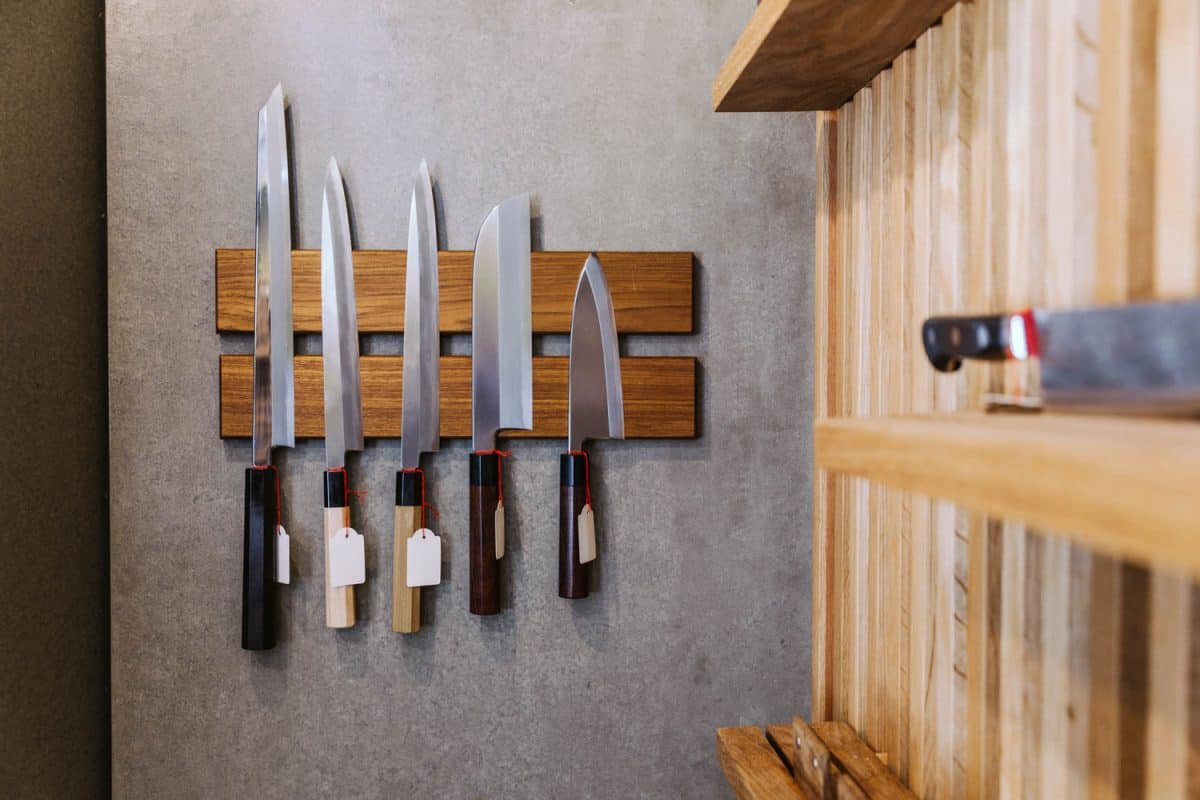
While each self-sharpening knife block will have its own specific settings, most of them tend to operate using the same process. For the sharpening feature to work, you'll need to remove the knife from the cutlery box and place it inside the sharpening slot. Take note that some sharpeners may require you to insert the knife at a specific angle to sharpen it.
Also, when you remove the knife from its slot, you'll usually need to pull it out and angle it a certain way as well. The reason for this is that the sharpener is typically located at the base of the slot. So if you don't remove the knife at an angle, the blade won't make contact with it upon removal. Typically one or two pulls will suffice to sharpen the knife.
How to use Chicago cutlery built-in knife sharpener
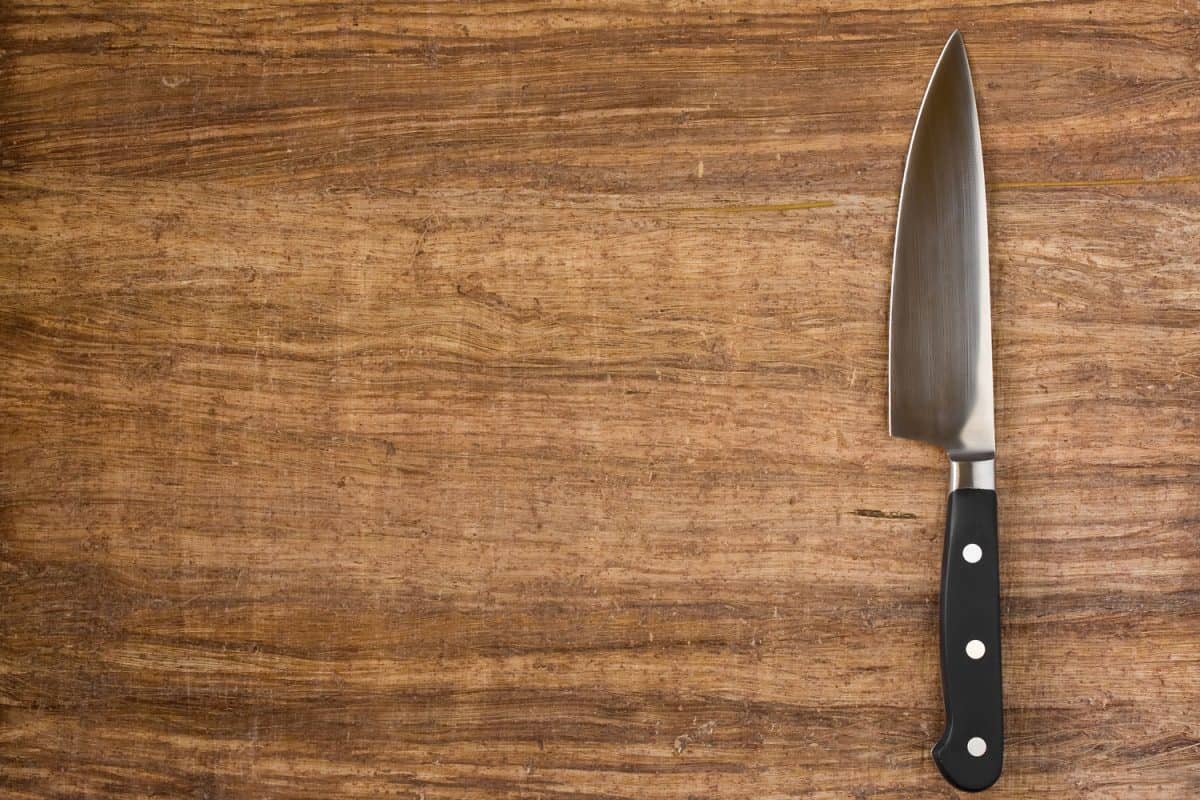
The steps to use these knife sharpeners are pretty simple and in-tune with most other built-in knife sharpeners:
- Start by pressing the end of the knife's blade into the sharpener at a 15-degree angle.
- Next, lower the knife and bring it towards your body as you scrape it along the sharpening steel shaft. Be sure to hold the knife firmly and press the edge flat against the steel to sharpen it. Note that the knife's tip should be at a slight arc.
- Then, reposition the knife and bring it through the sharpener again. Do this anywhere from 2 to 8 times until the blade is sharpened. Alternate between pulling the knife down the back and front of the sharpener with each swipe.
Are self-sharpening knife blocks good?
Many professional chefs attest to the benefits of using a self-sharpening knife block. However, whether it's good or not will depend on your personal preference. Some people prefer to sharpen their knives manually by using a sharpening block or other tool. Ultimately, it's best to do what's most convenient and comfortable for you.
However, a self-sharpening knife block can take the guesswork out of sharpening a knife manually, as the knives are generally sharpened after a few swipes on the sharpener, and they require less manual labor.
Best knife set with built-in sharpener
There are quite a few knife sets with built-in sharpeners that you should consider if you're looking for a new one. Let's take a look at a few of the highest selling ones.
Sabatier Self-Sharpening Edgekeeper Pro Knife Block Set
Each knife in this set is made from high-carbon stainless steel, making the blades both stain and corrosion-resistant. They also come with ergonomic handles that offer a superb gripping ability and complete stability during use.
If you're looking for something easy to maneuver and comfortable to use, here's a nice option to consider. The built-in sharpener automatically hones the knives every time they are placed back in the block, saving you time on everyday maintenance.
Sabatier Maison Edgekeeper Self Sharpening Knife Set
This knife set is one of the best sets that you can get for the money. Not only is it super affordable, but it's made with quality materials. It includes a chef knife, slicer knife, knife with kullens, fine edge utility, paring knife, steak knives, allowing you a full range of cutting and chopping capabilities. With this set, you can handle meat, vegetables, and fruits with no issues whatsoever.
The knife block is a bit large, so you'll want to ensure that you have sufficient space on your kitchen counter before purchasing it. These knives are also rust-proof, and the sharpening tool on this kit is reliable and easy to use.
Learn more about it on Amazon.
Calphalon Classic Self-Sharpening Cutlery Knife Set
This self-sharpening knife set comes with triple-riveted handles that allow you to get a sturdy grip on the knife during use and sharpening. Not only is the knife set easy to maintain and use, but it is made by one of the most dependable brands on the market.
This 15-piece set comes with high-carbon forged steel knives, and it also includes a lifetime warranty. You don't have to worry about these blades becoming rusty if you neglect them for a while. If you need a good set of self-sharpening knives that'll last for a long time, consider this set.
Wrapping Things Up
If cutlery usage is a part of your weekly cooking regime, you may want to consider using a built-in knife sharpener to maintain your knives more easily. And we hope that this post has provided you with a better understanding of how the sharpeners work and a few options to choose from.
Before you go, be sure to check out some of our other posts:
How To Make Kitchen Floor Less Slippery [With 5 Simple Methods]
Can Kitchen Drawers Be Converted To Soft Close?




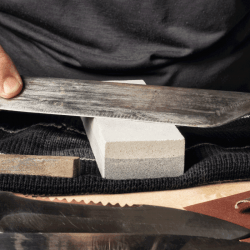

![knife and old iron sharpener with handle for kitchen knives on a white background, Do Knife Sharpeners Wear Out? [And When To Replace Yours]](https://kitchenseer.com/wp-content/uploads/2021/09/knife-and-old-iron-sharpener-with-handle-for-kitchen-knives-on-a-white-background-250x250.jpg)
